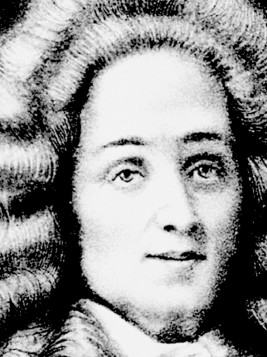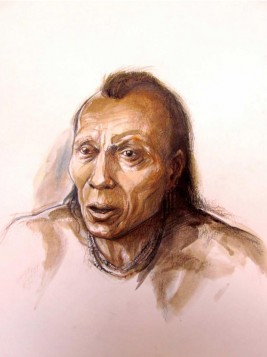People
Illustrious Governor Louis-Hector de Callière
The Pointe-à-Callière, Montréal Archaeology and History Complex, honours the memory of Louis-Hector de Callière, the Governor of Montréal from 1684 to 1699 and then of New France from 1699 to 1703.
Born on November 12, 1648, in Thorigny-sur-Vire, Normandy, Callière is the son of Madeleine Potier de Courcy and Jacques de Callières, Field-Marshal and Governor of the City of Cherbourg. They are both members of the nobility.
In 1664, he begins a brilliant military career and participates in a significant number of campaigns under the reign of Louis XIV. His exploits soon earn royal recognition and this is how he becomes captain of a regiment.
Great defender of Montréal
By virtue of his reputation, in April 1684 he is named Governor of Montréal, replacing François-Marie Perrot, and embarks for Canada.
As early as 1685, he distinguishes himself in a campaign against the Senecas, who are part of the League of Five Iroquois Nations.
In 1689, France and England go to war, which in the colonies gives rise to raids on both sides of the border. A number of massacres ensue, among them the tragic episode at Lachine, which leaves the Montréal population beleaguered.
Callière organizes the construction of cedar palisades and redoubts around each seigneurie to provide a better defence for the colonists. In Montréal, the containment reached a total length of 2800 metres and included five gates and eight defensive platforms armed with artillery.
In 1690, the English plan their invasion of New France. While William Phips attempts to take Québec City, Fitz-John Winthrop’s mission is to swoop down on Montréal. However a smallpox epidemic decimates Winthrop’s Iroquois allies and this, combined with delays in provisioning food and munitions, leads to his aborting the expedition. These circumstances allow Callière and his troops to rally around Québec City, which is besieged by Phips.
On November 29, 1698, on Frontenac’s death, Callière receives the interim title of Governor. He will subsequently occupy the position of Governor of New France from 1699 to 1703.
Broker of the Great Peace of 1701
Nevertheless, his greatest feat is his involvement in the famous treaty of 1701– The Great Peace of Montréal – by which he obtains a formal promise of neutrality on the part of the Aboriginal Nations. This event will mark a turning point between the French and the Indigenous people relations.
Unfettered from the Iroquois menace, the French colony henceforward consolidates its commercial network toward the Pays d’En-Haut (the Upper Terrritories) while pursuing a containment strategy against the New England colonies.
Callière dies in Québec City on May 26, 1703


